Join us on your exploration of the world’s most prominent architectural landmarks! In each installment of our “Architectural Tourist” series, you’ll be taken to an exceptional destination where you can gain an in-depth insight into local architecture and design. Through exclusive information and alluring photographs, you will be able to appreciate the cultural and historical context of the architectural sites. Plus, we will provide directions on how to get to these places and nearby attractions you can enjoy during your trip. We are excited to share this exciting journeys with you and act as your guide in gaining a unique appreciation for architecture and design. Welcome to your architectural adventure!
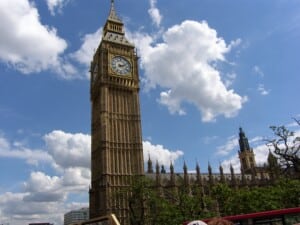
London: The present meets history in its diverse architecture


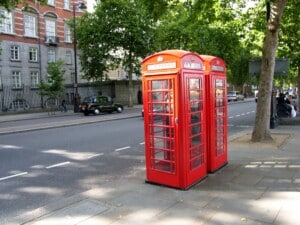
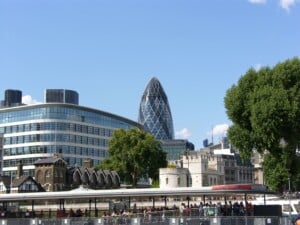
London has a significant cultural influence, with many renowned museums and art galleries from around the world. Popular highlights include the Tate Museum, which houses an expansive art collection, from classic to modern, and the National Theatre, considered one of the city’s defining symbols of modern architecture and artistic audacity. The city is a cultural mecca, offering endless opportunities for exploration and enjoyment. With numerous galleries, theatres and historic sites, tourists and locals alike have a wealth of art and culture to explore in London.
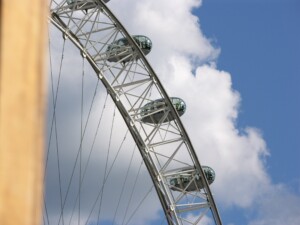
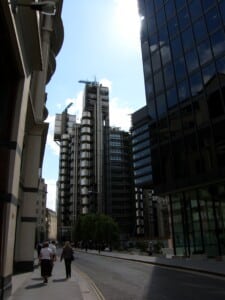
In London’s diverse and ever-evolving architectural landscape, the merging of the present and past is visible in many forms. From towering contemporary skyscrapers showcasing the city’s state-of-the-art financial capabilities, to the famous black taxicabs transporting riders around the city’s iconic landmarks and roads, the built environment is an ever-changing testament to London’s history and evolution. Each structure, big and small, speaks to the long-spanning narrative of a capital city that is constantly reviving and adapting to its expanding population, ever-evolving technology, and ever-growing infrastructure.


 العربية
العربية